My Child’s Leg Pain: Normal Growing Pains or Something Serious?
Leg pain is a common complaint among children—but as a parent, how do you know when it’s just growing pains and when it could be something more serious? Understanding Growing Pains Growing pains usually occur in children aged 3 to 12 and: These are generally harmless and a normal part of development. When Leg Pain May Be a Sign of a Medical Condition You should consult a pediatric orthopedic specialist if: These signs may point to issues such as: What Should You Do? If you’re unsure, it’s always better to err on the side of caution. Early diagnosis and intervention can prevent long-term problems. Why Choose Child OrthoCare? At Child OrthoCare, we specialize in evaluating children’s bone and joint health with a gentle, parent-friendly approach. Dr. Nargesh Agarwal brings years of experience in distinguishing between benign conditions like growing pains and more serious orthopedic concerns. We aim to give you peace of mind while ensuring your child gets the care they truly need.













